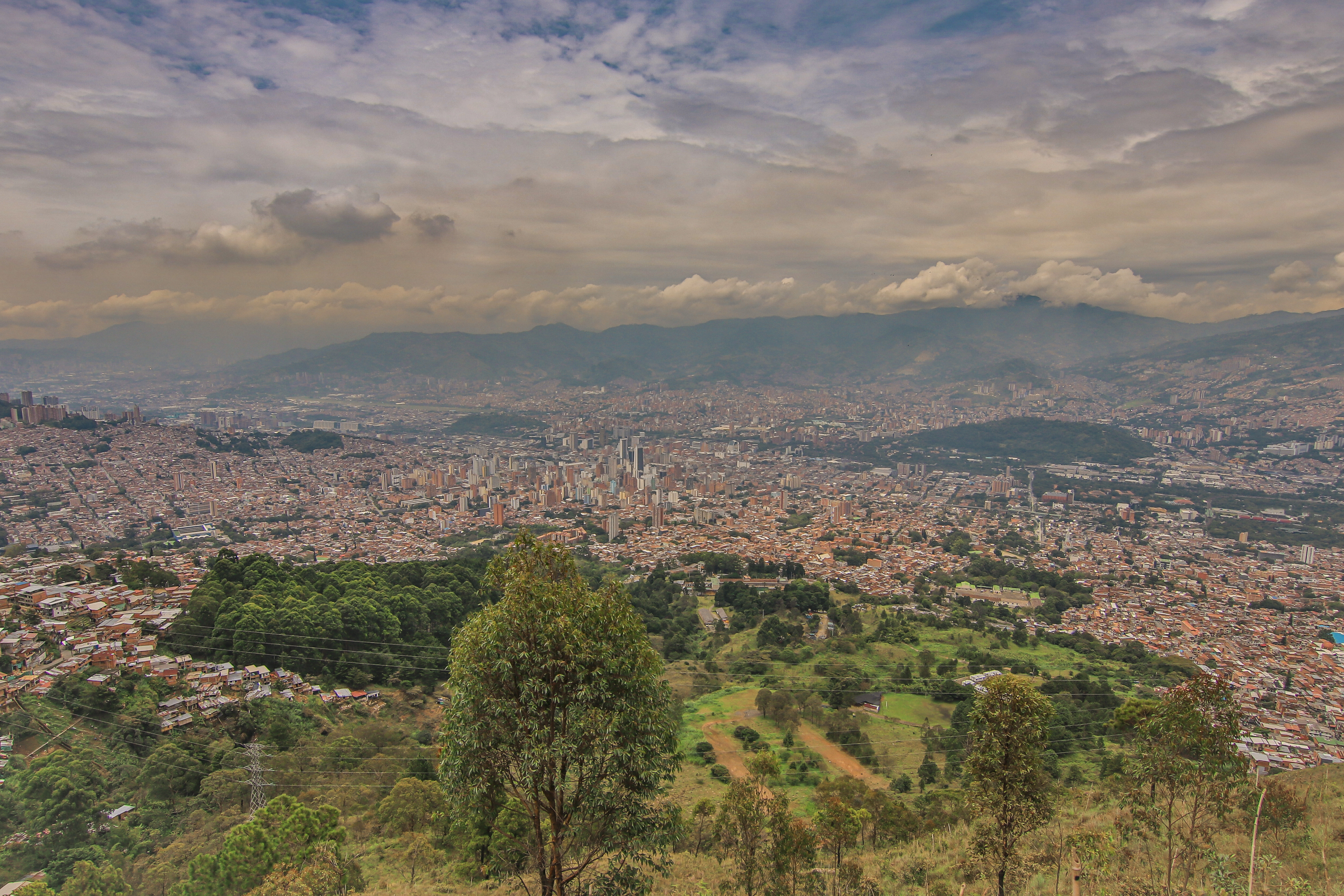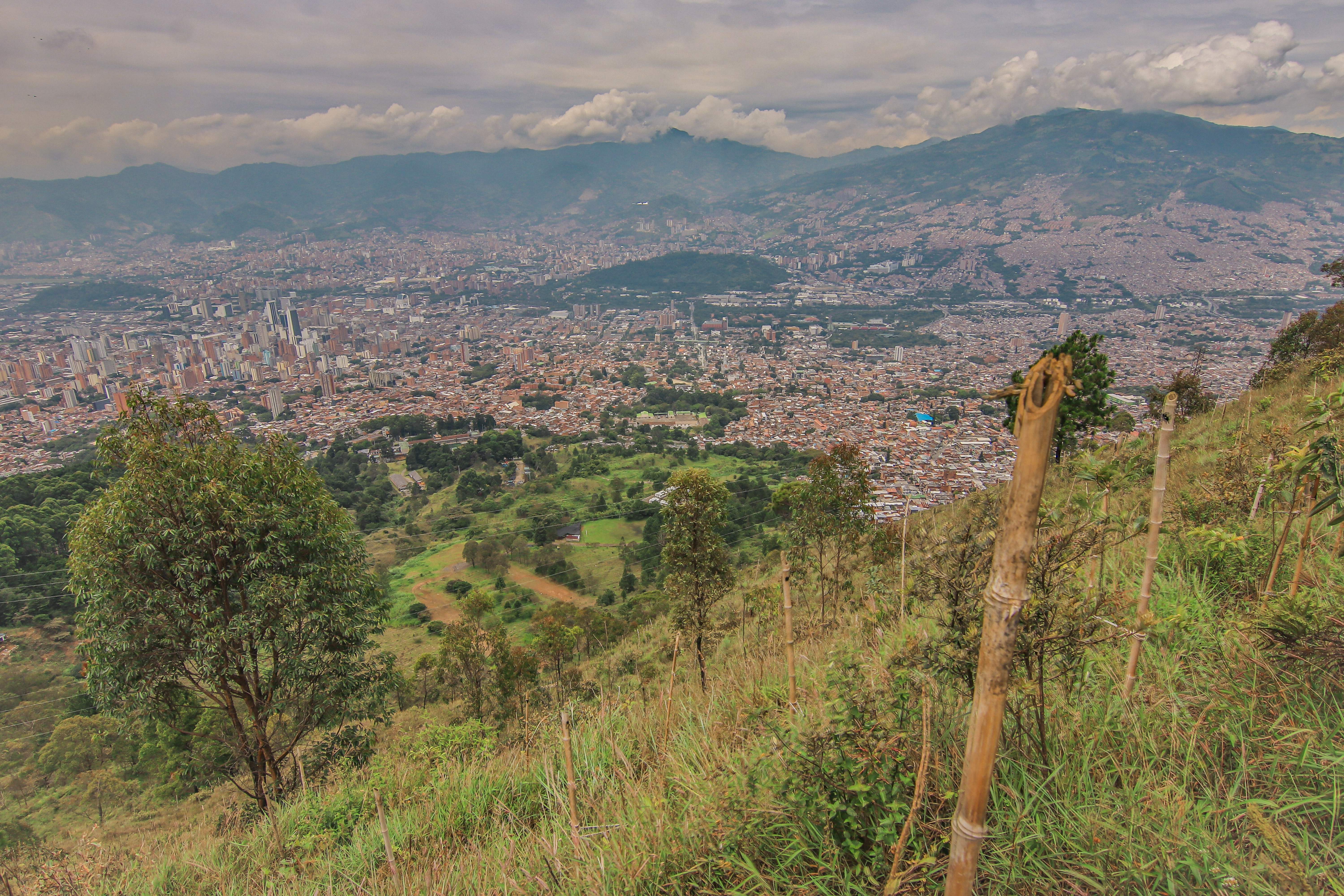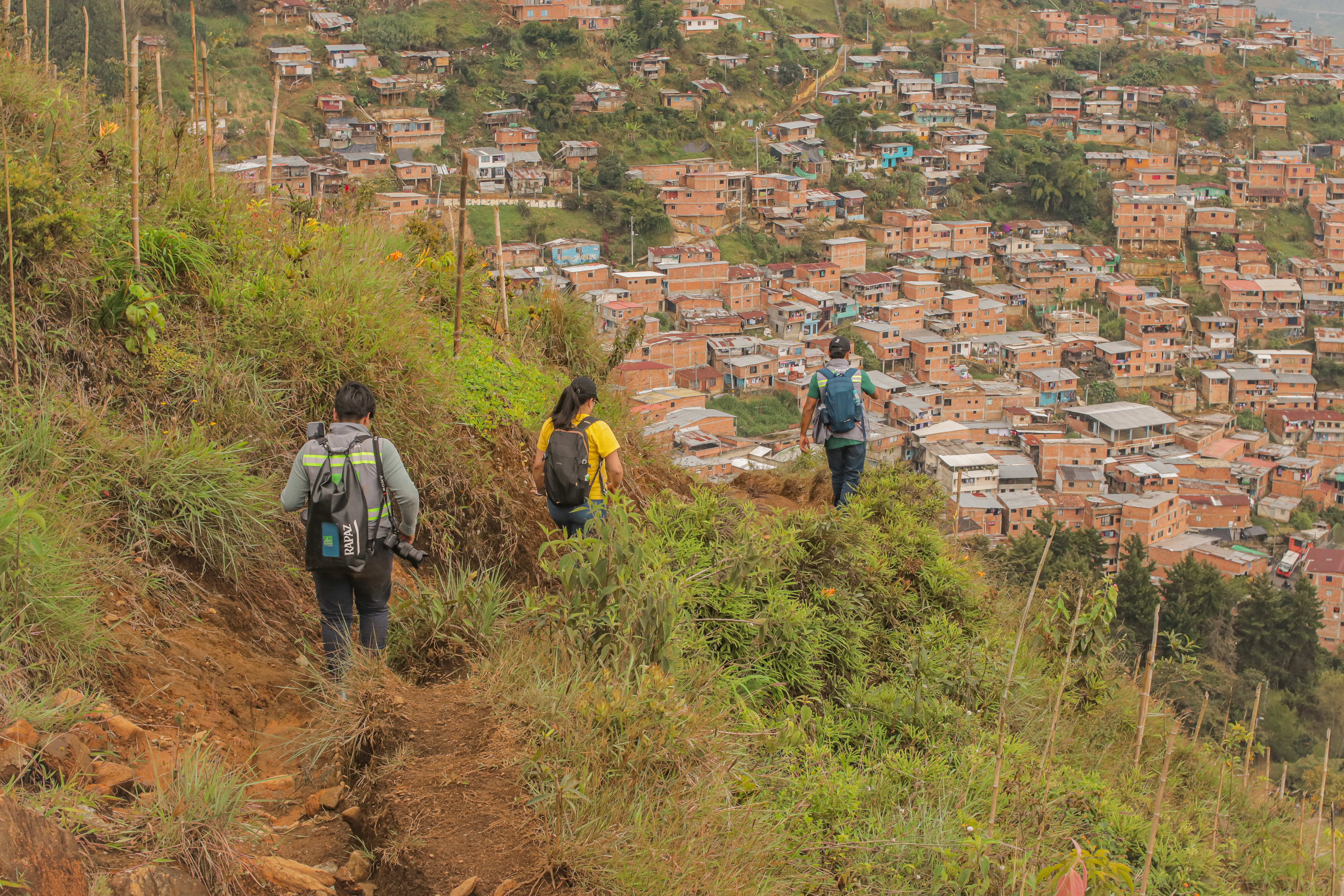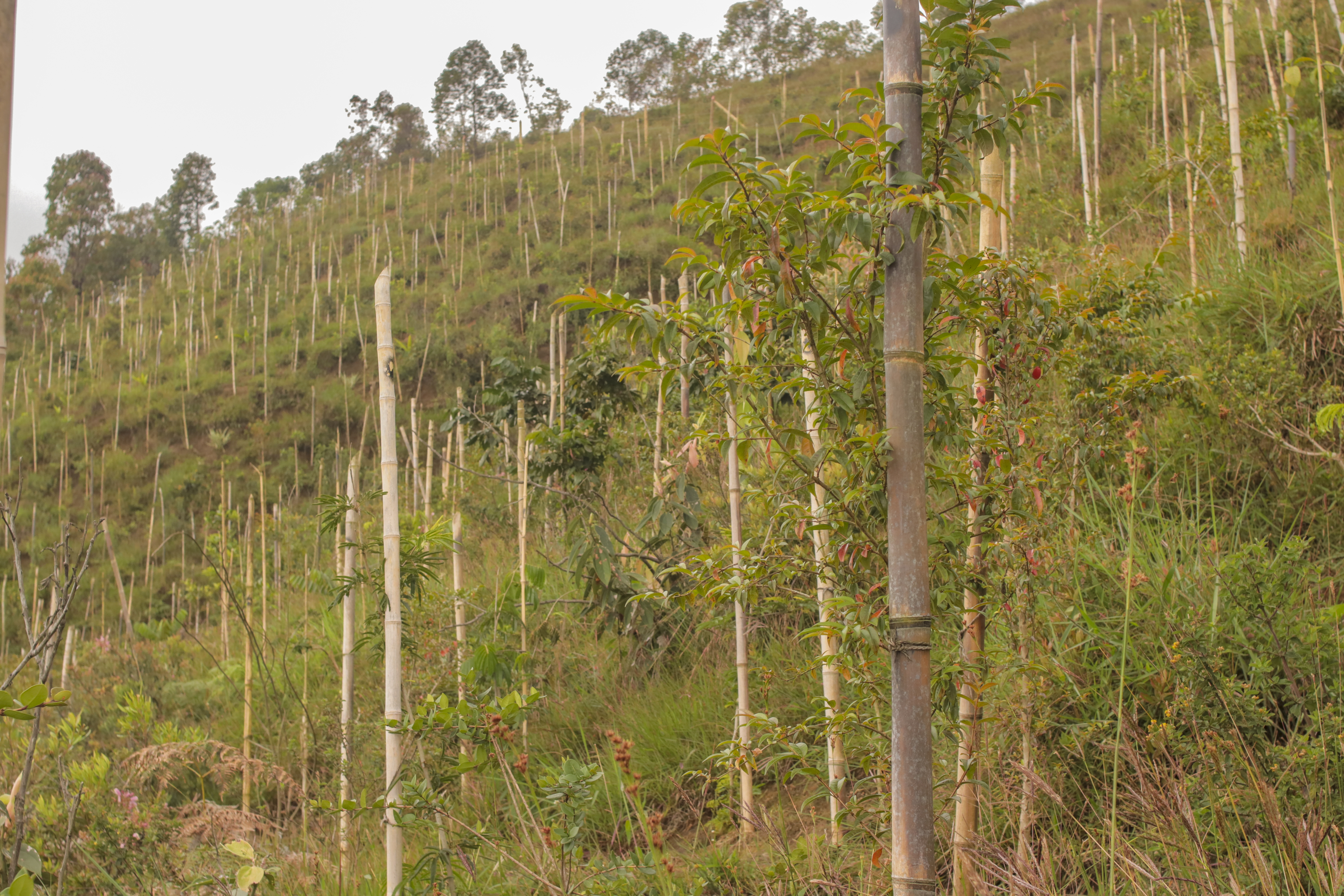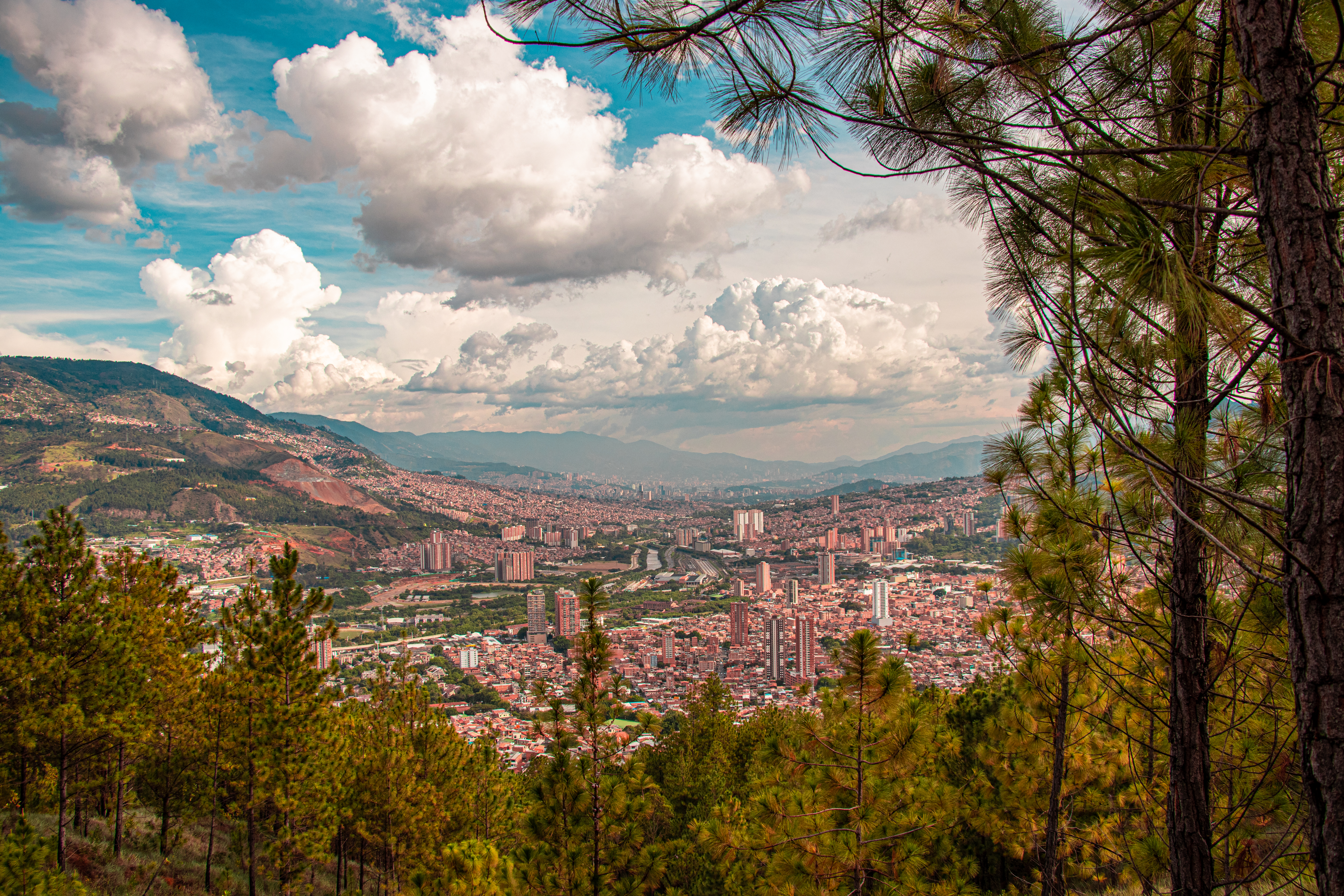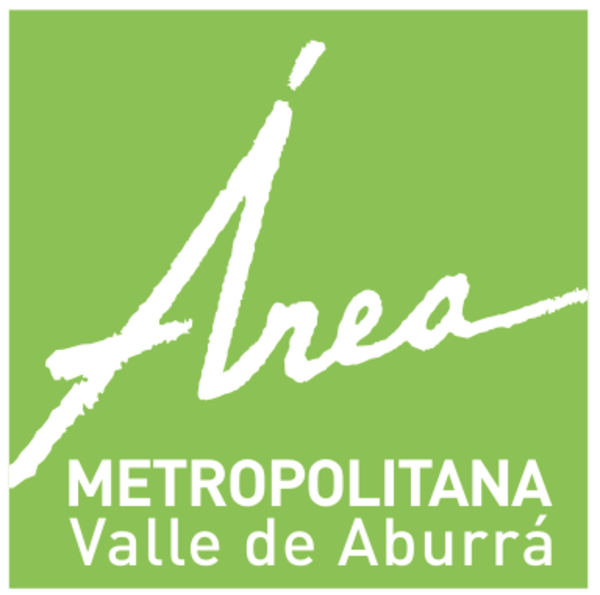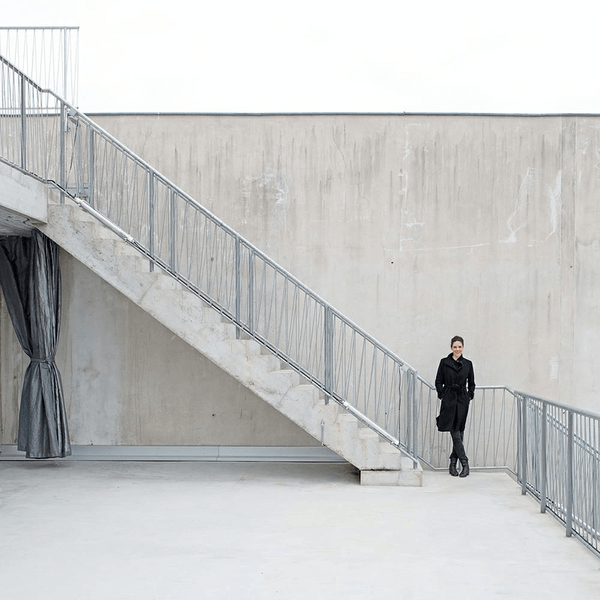City
Valle de Aburrá
Main actors
Local Government, City Government, Regional Government
Project area
Metropolitan Area
Duration
Ongoing since 2020
An active restoration program to improve ecosystem connectivity
The program “Parches Verdes – Lungs for Life” is led by the Integral Planning Department of the Metropolitan Area of the Aburrá Valley. Its main objective is the recovery, consolidation and strengthening of green spaces and urban forests in the 10 municipalities under their jurisdiction. The project seeks to increase the green areas and number of trees in areas identified as heat islands – areas with higher temperatures that affect the quality of life of citizens and the conservation of species of flora and fauna. The project incorporates procedures to create more green areas that will reduce the heat island effect and improve the quality of life of all citizens.
The project is part of the 2020-2023 Sustainable Future Management Plan, a tool for territorial development in the Aburrá Valley.
External links / documents
On Map
The Map will be displayed after accepting cookie policy
